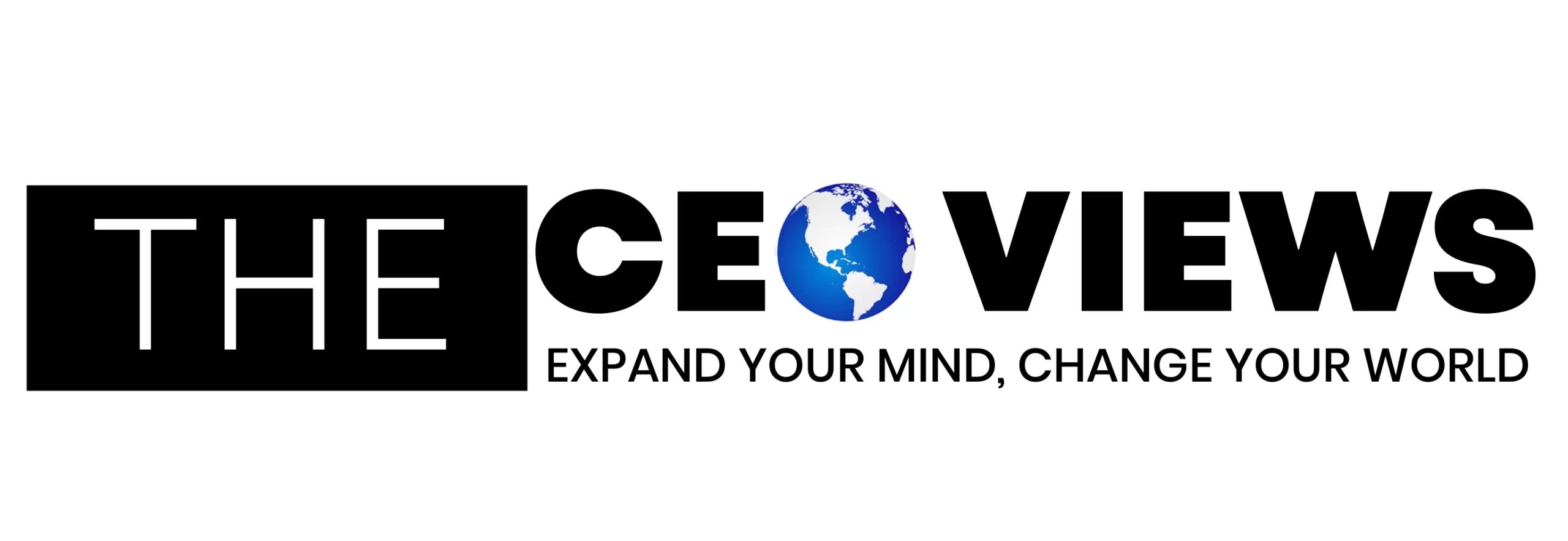Medical spas often struggle to decide how much money to spend on their marketing budget. Studies show that digital advertising and search engine optimization can bring a higher return on investment if done right.
This guide will help you choose where to invest your dollars for the best results, from Google Ads to social media platforms such as Instagram or LinkedIn. Find out which marketing strategies can boost your profit margins and grow your medspa today.
Key Takeaways
- Set your med spa marketing budget as 7–10% of your yearly revenue. Large clinics may spend up to 15%. Use industry benchmarks to compare your spending and stay competitive.
- Invest most in digital ads, search engine optimization (SEO), social media, and email campaigns. These areas bring high returns by reaching more clients online.
- Track important Key Performance Indicators (KPIs) like Customer Acquisition Cost, Conversion Rate, Return on Ad Spend, website traffic, and social media engagement.
- Use tools such as Google Analytics, Mailchimp, CRM systems, and ROI calculators to measure results. Adjust your spending based on real data for better profits.
- Review metrics often and adjust strategies when needed. Smart spending leads to better growth and more loyal customers for your medical spa.
Determining Your Med Spa Marketing Budget
Setting your Med Spa marketing budget is key for success. Start by looking at your revenue and how much you can afford to spend on ads, website design, and other marketing efforts.
Revenue-based budget allocation
Revenue-based budget allocation means you set your marketing spend as a percentage of your medspa’s revenue. Most practices use 7% to 10% of gross income for digital marketing, ads, and brand awareness campaigns. Large clinics with higher profit margins may invest up to 15%. Smaller spas might start near the lower end to manage expenses and keep overheads in check.
This approach helps you scale investments as demand grows or drops. If retail sales increase from promoting Botox suppliers or dermal fillers vendor partnerships, boost your ad budget for keywords or website development. Tracking key performance indicators like cost-per-click and click-through rate ensures funds go where they bring returns on marketing investments.
Allocate more resources where patient experience improves and customer acquisition costs drop.
Using dashboards linked with CRM tools supports clear decision making about pricing strategies, targeted email campaigns, and referral programs. Regularly review performance metrics like lifetime value per client so you adjust budgets based on real results instead of guesswork.
Benchmarking against industry standards
Using a revenue-based budget allocation helps set clear limits, but checking your spending against industry standards adds more value. Many successful medspas spend about 7-10% of their yearly income on marketing strategy and internet marketing. Leading brands use this range to cover key areas like digital advertising, pay-per-click campaigns, and web design.
Comparing your budget to benchmarks shows if you invest enough in touchpoints such as search engine optimization or paid subscriptions. Industry data can also highlight gaps in customer relationship management or display advertising efforts. Tools like Google Analytics make it easy to track click-through rates and see where top performers focus for better profitability. Use these figures and adjust your plan to stay competitive in the market demand for medical spas.
Maximizing Profitability Through Smart Supplier Selection
Before investing heavily in marketing, ensure your operational costs are optimized. Finding suppliers with the lowest prices for injectables, dermal fillers, skincare products, and medical equipment can significantly improve your profit margins. The money saved on cost of goods sold can then be redirected into more effective marketing campaigns.
Strategies for finding competitive suppliers
Start by requesting quotes from multiple authorized distributors and manufacturers. Compare not just unit prices, but also volume discounts, payment terms, and shipping costs. Join industry associations and attend medical spa conferences where you can network with other owners who may share supplier recommendations.
Consider establishing relationships with multiple suppliers rather than relying on a single vendor. This competitive dynamic often leads to better pricing and terms. Some suppliers offer loyalty programs, bulk purchasing discounts, or seasonal promotions that can reduce costs by 15-30%.
Balancing cost with quality
While finding lower prices is important, never compromise on product authenticity and quality. Only purchase from authorized distributors to ensure products are genuine, properly stored, and carry manufacturer warranties. Counterfeit or improperly handled products can damage your reputation and create legal liability.
Negotiate payment terms that improve your cash flow. Some suppliers offer net-30 or net-60 terms, allowing you to generate revenue from treatments before paying for supplies. This improved cash flow can fund marketing initiatives without requiring additional capital.
Track your cost per treatment regularly and adjust pricing strategies accordingly. Lower supply costs mean you can either increase profit margins or offer more competitive pricing to attract new clients through your marketing efforts.
Key Areas to Invest in for Maximum ROI
Investing in digital ads can give you big returns. Focus on search engine optimization to attract more visitors to your website.
Digital advertising
Online ad campaigns help you reach your target audience fast. Pay-per-click, or PPC, puts your med spa in top search results on Google and Bing. These ads can boost click-through rates (CTR) if they use the right keywords and have clear landing pages. Long-tail keywords like “injectables near me” bring more qualified leads.
Basic tools like Google Ads let you watch key performance indicators, or KPIs, in real time. Use A/B testing to see which adverts perform best. Customer relationship management (CRM) systems track who clicks your ads and books a visit. Good digital advertising improves marketing ROI because it targets people ready to buy.
Half the money I spend on advertising is wasted; the trouble is I don’t know which half. – John Wanamaker
Search engine optimization
SEO helps your medical spa show up on search engines like Google. Good SEO means using the right keywords that patients might type in when looking for services. Focus on keyword research to find terms that match what you offer. A user-friendly website is key for good SEO. It should load quickly and work well on phones and tablets. This will keep visitors engaged, which can boost your click-through rate (CTR).
Tracking essential KPIs, like traffic sources and retention rates, helps you see how effective your SEO efforts are.
Social media marketing
Social media marketing is a powerful tool for your med spa. Platforms like Facebook and Instagram help reach new clients. You can share special offers and educational content about treatments, which builds trust with potential customers. Engaging posts can create discussions around service bundling or popular services. This approach makes your brand more customer-centric.
You’ll want to track key performance indicators (KPIs) to measure success. Metrics like engagement rates and click-through rates show how well your campaigns perform. Strong digital advertising should complement this effort for maximum ROI. Next up is email marketing campaigns; they also play a big role in connecting with clients directly.
Email marketing campaigns
Email marketing campaigns can boost your med spa’s return on investment. These campaigns allow you to reach both past and potential clients with targeted messages. Use emails to share promotions, updates, or helpful beauty tips.
Creating a strong email list is key. Collect addresses through sign-ups at your spa or on your website. Offer incentives like discounts for signing up. Analyze open rates and click-through rates to track success. Tools like Mailchimp or Constant Contact can help manage these efforts effectively.
Tracking and Measuring ROI
You need to keep an eye on key numbers to see how well your marketing works. Look at metrics like customer visits, sales growth, and social media engagement. Tools like Google Analytics can help you gather all this data. Use this info to improve your spending for better results. Want tips on making the most of your marketing budget? Keep reading!
Essential KPIs to monitor
Tracking key performance indicators (KPIs) helps measure success. Focus on the right metrics to ensure a good return on investment (ROI).
- Customer Acquisition Cost (CAC) – This shows how much you spend to attract one new customer. Lowering this cost boosts profit margins.
- Conversion Rate – This measures the percentage of visitors who become customers. A higher conversion rate means better efficiency in your marketing efforts.
- Return on Ad Spend (ROAS) – Calculate this by dividing your revenue from ads by the amount spent on those ads. A strong ROAS indicates effective pay-per-click (PPC) strategies.
- Website Traffic – Monitor the number of visitors to your site over time. More traffic often leads to more potential clients, enhancing operational efficiency.
- Email Open and Click Rates – These rates show how many recipients engage with your email campaigns. High engagement can lead to increased sales from targeted marketing.
- Social Media Engagement Rate – Measure likes, shares, and comments across platforms like Facebook and Instagram. Better engagement often translates into brand ambassadors advocating for your services.
- Customer Retention Rate – This metric tracks how many customers return for services again after their first visit. Improving retention enhances productivity and overall profitability.
- Average Revenue Per User (ARPU) – This calculates average income generated from each customer over a specified time frame. Increasing ARPU can help you maximize sales without adding new customers.
- Lead Generation Metrics – Track how many leads come in through various marketing channels, such as digital advertising or SEO efforts, to identify what works best for your med spa’s growth.
- Referral Rates from Existing Clients – Measure how many new clients come through referrals from past customers; high referral rates suggest good service and satisfied clients are likely to promote your brand widely even without integrated marketing efforts.
Tools for ROI analysis
Tools help you measure the success of your Med Spa marketing. They reveal how much money your efforts return.
- Google Analytics tracks website traffic and user behavior. It shows where visitors come from and what actions they take. This helps you see how effective your campaigns are.
- Social media insights provide data on engagement and reach. These tools measure likes, shares, and comments across platforms like Facebook and Instagram. Understanding this data helps build stronger customer connections.
- Email marketing software monitors open rates and click rates. Programs like Mailchimp or Constant Contact show how many people engage with your emails. Knowing this can guide future campaigns to be more appealing.
- Customer relationship management (CRM) systems track client interactions over time. They store important data about appointments, purchases, and inquiries. Insights from CRMs help to enhance customer service.
- Marketing automation tools streamline various tasks in your campaigns. Tools like HubSpot or Marketo save time on repetitive tasks while collecting useful data. Automation lets you focus on strategy while keeping track of performance metrics.
- ROI calculators assess the financial impact of your marketing efforts easily. These simple tools compare costs with revenue generated from specific campaigns or strategies.
- Surveys gather customer feedback after services are provided or promotions run. Feedback forms can reveal customer satisfaction levels, giving insight into areas for improvement.
Tools for ROI analysis will help you understand how well you’re doing in your marketing efforts. Next, evaluate essential KPIs to monitor for success.
Conclusion
Your medical spa marketing budget is key for success. Focus on areas like digital ads, SEO, and social media. These choices can bring high returns on your investment. Track your results with useful tools and watch important metrics closely.
Success comes from smart spending, so invest wisely and see your business grow!









